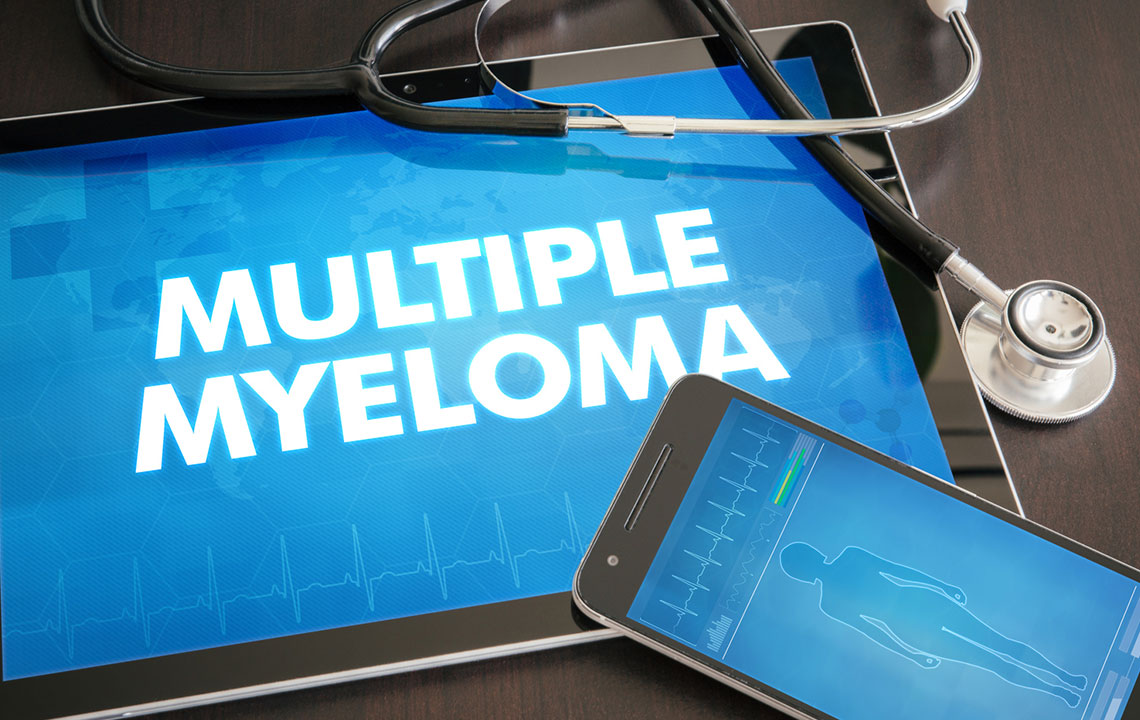Significance of Biosimilars in Treatment of Multiple Myeloma
Biosimilars are a copy of the original biologic medical product used in the treatment of a particular disease. These are also known as follow-on or subsequent entry biologics. Biosimilars are officially approved versions of the original “innovator” medicines and are manufactured by a different pharmaceutical company. However, biosimilars can be manufactured only after the patent of the original biologic expires. Biosimilars are not identical but can be compared to the original “innovators” in terms of quality, efficacy, and safety.

Research on biosimilars for the treatment of multiple myeloma
The role of biopharmaceuticals in the treatment of underlying multiple myeloma as well as managing the side effects of its treatment is fast growing. Given that cancer care is expensive and causes an imbalance in one’s health care provision and associated budget, a lot of research is underway to find cost-effective biosimilars. A prominent example is Filgrastim; it is a cost-effective solution for the treatment and supportive care in the case of multiple myeloma.
Regulations with regard to biosimilars
Biosimilars cannot be identical to the “innovator” products as the manufacturers of biosimilars cannot have access to the formula of the original products. Biologics are manufactured using ingredients that may not be identical to the original biologics. Hence, the regulatory measures for biosimilars can be uncompromising.
Some of the “innovator” products that are used in the treatment of multiple myeloma include Thalidomide, Lenalidomide, Pomalidomide, or Bortezomib; moreover, a compound ending in “mab” (for Monoclonal Antibody, such as Daratumumab) is a biosimilars medication which can also be used for treating the condition.
Filgrastim, as mentioned above, is approved by the FDA. Filgrastim is used to increase the white blood cell count in patients before a stem cell transplant. But the contents of Filgrastim is not exactly the same as its innovator product. A rigorous set of requirements are to be met so that both the biologics are made to provide the same effect. The biosimilar product should produce the same clinical result as the “innovator” product in any given patient in order to be able to gain acceptance in the industry. The biosimilars are also required to prove that there is no loss in efficacy or safety when switching between the innovator and the copy; this has to be done through submission of additional clinical studies. Moreover, in order to ensure the efficiency of the medication, robust scientific justification of the mechanism of action, immunogenicity, safety risks, and several other requirements would need to be fulfilled. Post-market studies and physicians’ reports are significant to monitor safety and efficacy issues regarding the use of biosimilars in the treatment of multiple myeloma.
Pricing
Biosimilars are priced around 20 percent lower as compared to the “innovator” products. Generally, the prescription for a brand name would mean a higher out-of-pocket cost for the patient. When Filgrastim or its innovator product is prescribed for the treatment of multiple myeloma, it is in the best interest of the patient to call the insurer to know the pricing factor when using biosimilars in the treatment of the condition.
Side effects of using biosimilars in the treatment of multiple myeloma
One of the primary questions that arises when a patient is prescribed a biosimilar is whether these medications are as safe as the higher priced ones, or whether there is a compromise in quality due to the lower price. The answer for this simply is that their quality is never compromised for the simple fact that they are FDA approved and multiple tests have been done before they are released in the market.
Every form of cancer treatment has side effects and it is no different for those with multiple myeloma. It is the job of a physician to prescribe a medication which is FDA-approved and well-researched. However, being on the safe side is never a bad thing, and hence, if one experiences any form of discomfort from the use of a certain biosimilar product, then there is no harm in immediately checking with a doctor and figuring out the root cause. Some of the well-known and reported side effects for those who have been on treatments for multiple myeloma include digestive tract symptoms involving nausea and vomiting, diarrhea, and loss of appetite. When one starts the treatment for multiple myeloma, be it with or without biosimilars, the first step is to make sure one has a supportive care plan in place to help manage fatigue and pain so that the effects from the treatment will not be tiresome to bear.